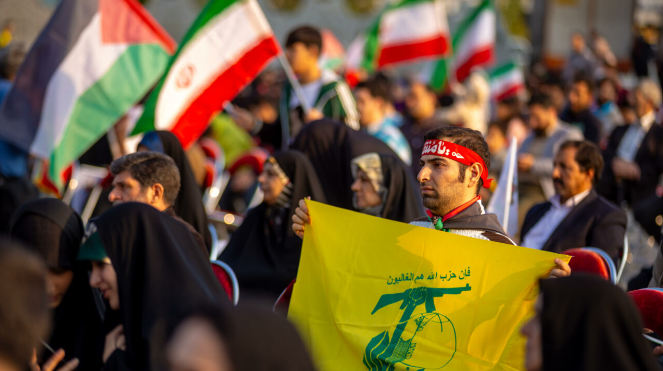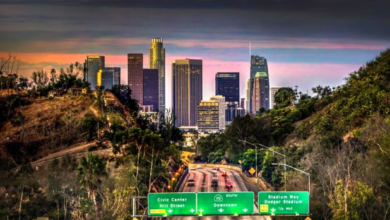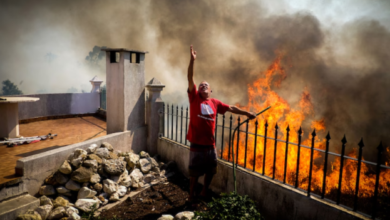
Iran news is buzzing with updates about the country’s role in the Middle East. Recently, Iran has been involved in many events that are affecting not just the region but also the whole world. The situation is complicated, and many people are trying to understand what is happening.
Iran’s actions have included supporting groups like Hamas and launching attacks in response to various conflicts. This has led to a rise in tensions in the area. Understanding these events is important for everyone who wants to stay informed about the situation in Iran and its impact on global peace.
What’s Happening in Iran: Key Updates and Events
There have been many important events in Iran recently. The country has launched drone strikes and missile attacks, especially directed at Israel. This has raised concerns among neighboring countries and global powers.
- Direct Attacks: In April, Iran launched over 300 drones at Israel.
- Responses from Allies: Countries supporting Israel have advised against escalation.
These updates highlight how Iran’s actions are shaping the political landscape in the Middle East. Keeping up with these developments is essential for understanding regional dynamics.
Why Iran’s Involvement Matters: A Global Perspective
Iran’s involvement in regional conflicts affects not just its neighbors but also countries far away. Many nations are concerned about the impact of Iran’s military actions on global stability.
- Proxy Forces: Iran uses proxy forces to extend its influence.
- Regional Alliances: The support for groups like Hamas is significant.
This involvement can lead to larger conflicts that might draw in global powers. Understanding Iran’s strategy helps us grasp the potential consequences of their actions.
The Role of Proxy Forces in Iran’s Strategy
Iran often relies on proxy forces as part of its national security strategy. These groups allow Iran to project power without direct involvement in conflicts.
- Support for Militias: Iran backs militias across the region.
- Influence in Iraq and Syria: These forces help Iran maintain a presence in strategic areas.
By supporting these groups, Iran can achieve its goals while minimizing risks to its own military. This strategy is crucial in understanding Iran’s actions and their implications.
Iran and Israel: Understanding the Escalating Conflict
The conflict between Iran and Israel has escalated in recent months. After attacks from Hamas, Iran has shown increased support for the group, leading to tensions with Israel.
- Retaliatory Actions: Israel has responded strongly to attacks from Hamas.
- Escalation Risks: This cycle of retaliation can lead to wider conflict.
This ongoing conflict is a central issue in Iran news. Understanding the dynamics between these two nations is essential for grasping the broader implications for the region.
How Iran Supports Its Allies: A Closer Look
Iran’s support for its allies is a critical aspect of its foreign policy. The country provides military and financial assistance to groups like Hamas and Hezbollah.
- Military Training: Iran trains militia groups to enhance their capabilities.
- Financial Aid: Funding is crucial for sustaining these organizations.
By supporting these allies, Iran strengthens its influence in the region. This not only helps its allies but also challenges adversaries, particularly Israel and the United States.
The Response of International Communities to Iran’s Actions
International responses to Iran’s actions are varied and complex. Many countries are concerned about Iran’s missile programs and its support for militant groups.
- Sanctions and Diplomacy: Some nations have imposed sanctions on Iran to curb its actions.
- Calls for Dialogue: Others advocate for diplomatic solutions.
The international community’s response to Iran is significant in shaping future events in the region. Understanding these dynamics helps clarify how global politics influence Iran’s decisions.
Understanding the History Behind Iran’s Recent Moves
To grasp the current events in Iran, it’s important to look back at its history. Iran has a rich and complex background that influences its actions today. Since the Islamic Revolution in 1979, the country has positioned itself as a key player in the Middle East.
- Historical Tensions: The revolution changed Iran’s relationship with Western countries, leading to decades of distrust.
- Support for Revolutions: Iran has historically supported movements it sees as fighting against oppression.
These historical factors help explain why Iran engages in certain behaviors today. By studying its past, we can better understand the motivations behind its recent actions.
The Human Impact of the Ongoing Conflicts in Iran
The ongoing conflicts in Iran and its involvement in the region have significant human consequences. Civilians often bear the brunt of military actions and retaliatory strikes.
- Displacement of People: Many families are forced to leave their homes due to violence.
- Casualties of War: Innocent lives are lost in conflicts that often seem far from their control.
This human impact is often overlooked in the news. It is essential to remember that behind every headline, there are real people affected by these events. Understanding their struggles adds depth to the story of Iran.
The Future of Iran: Predictions and Insights from Experts
Looking ahead, experts have varying opinions on Iran’s future. Some believe that continued conflict will lead to more instability, while others see potential for diplomatic solutions.
- Possibilities for Peace: Many advocates call for dialogue to resolve tensions.
- Potential for Escalation: Others warn that without change, conflicts may deepen.
These differing views highlight the uncertainty surrounding Iran’s future. As events unfold, staying informed about expert insights can help us understand the evolving situation.
FAQs
Q: What is the current situation in Iran?
A: The current situation in Iran involves rising tensions due to military actions and support for groups like Hamas. This affects relationships with neighboring countries and global powers.
Q: Why is Iran supporting Hamas?
A: Iran supports Hamas because it sees them as a group that fights against Israel and Western influence in the region. This support is part of Iran’s strategy to extend its influence.
Q: How does Iran use proxy forces?
A: Iran uses proxy forces to project power without direct military involvement. This allows Iran to support groups in other countries while minimizing risks to its own military.
Q: What impact do Iran’s actions have on civilians?
A: Iran’s actions can lead to violence and displacement of civilians. Many innocent people are affected by conflicts and military actions in the region.
Q: How can I stay updated on Iran news?
A: You can stay updated on Iran news by following reliable news sources, reading articles, and listening to podcasts that cover Middle Eastern affairs.
Conclusion
In Iran is a country that plays a big role in the Middle East. Many events happening there affect not just its neighbors but the whole world. By learning about Iran’s history, military actions, and its relationships with other countries, we can better understand why things are happening the way they are. Staying updated with Iran news helps us see how these events might impact our lives.
As we watch the news about Iran, it’s important to remember that behind every story, there are real people facing challenges. Understanding their struggles can help us be more compassionate. By being informed, we can join in conversations about peace and support for those affected by conflicts. Let’s continue to learn and grow together!




